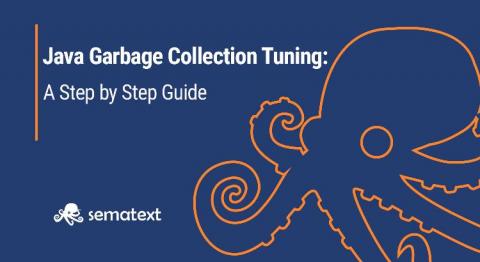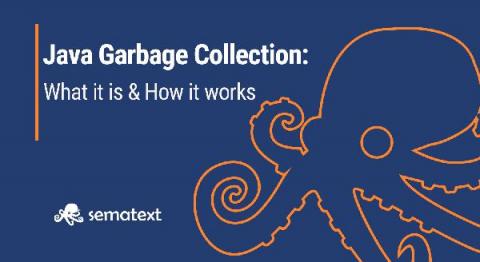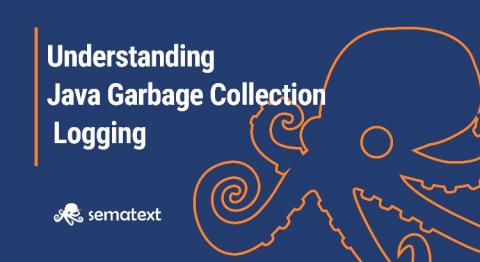T-Trace: agent-like instrumentation for GraalVM
In this article we will look at the agent-like instrumentation tool T-Trace. The tool provides non-intrusive instrumentation capabilities for applications running on GraalVM. We will instrument a simple NodeJS application by using T-Trace and OpenTracing API with Jaeger NodeJS tracer.









